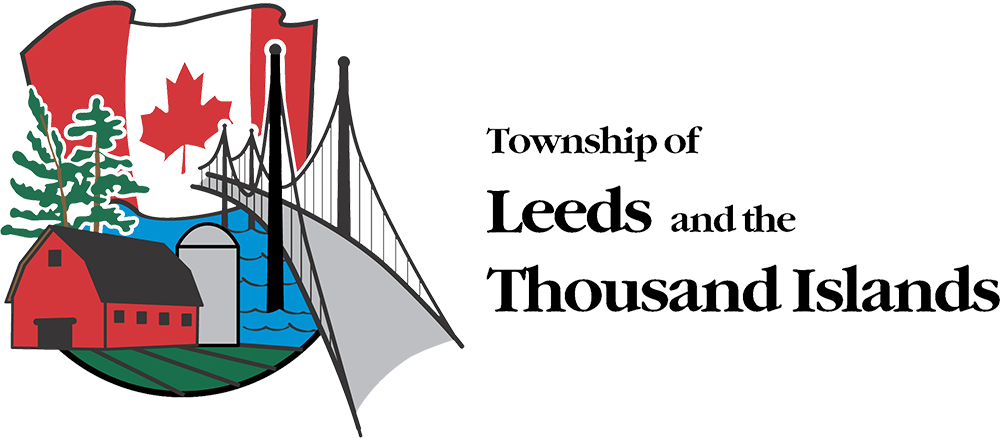New Construction
- Any form of residential dwelling including but not limited to:
- Single DetachedDwelling
- Semi-Detached Dwelling
- Duplex
- Accessory Dwelling
- Accessory Dwelling Unit
- Apartment Dwelling
- Accessory Apartment
- Floating dwelling
- Multi-Residential Dwellings
- Row House Dwelling
- Street Row House Dwelling
- Seasonal Worker Accommodations
- Second Residential Unit
- Tiny Dwelling
- Triplex
- Underground Dwelling
- Bunkie/bunk house/sleep cabin
- Construction of accessory buildings which are within the minimum required setback to a sewage system or contain any form of plumbing.
Renovations to Dwellings
Renovations to existing dwellings may reduce the performance level of the sewage system in the following situations:
- the number of bedrooms in the dwelling are increased
- the proposed construction exceeds 15 percent of the gross area of the dwelling unit
- new plumbing fixtures are added to the dwelling, or
- if the addition, expansion, alteration or change proposed encroaches upon the sewage system or any of its components, or area required for future replacement
If any of the above applies and the results show that the daily design sewage flow of the dwelling exceeds the capacity of the sewage system components, then the system must be upgraded to accommodate the increased flow rate.
Other structures, including garages (attached or detached), swimming pools or buildings that may reduce the performance level due to its proximity to the sewage system, are also included in the requirements for an application if it is within a 15 metre distance.
Commercial/Industrial New Construction or Renovation
For any system up to 10,000 litres per day, a review by the Township will be required to determine if a new system or maintenance inspection is required. For any system proposed at 10,000 litres or above will require approval from the Ministry of the Environment, Conservation and Parks. Pre-consultation through the Development Review Team is encouraged prior to the submission of a sewage system or building permit application.
Home Based Business/Commercial Kitchen/Bed and Breakfast
The creation of a home based business may require the submission of a sewage system maintenance application depending upon the nature of the business. The creation of a commercial kitchen and a bed and breakfast will require a maintenance inspection to ensure the existing sewage system will accommodate the additional usage. Upgrades to a sewage system may be required based on the outcome of the maintenance inspection should the system be found to not be operating according to design.
Consent (Severance) Applications (New Lot Creations and Lot Additions)
An application for the creation of a new lot will require a sewage system maintenance inspection. A lot addition may also require a review of any existing or proposed sewage disposal systems if there is the potential for impact on the system. Staff will review the proposal to determine if there is an acceptable location for a new sewage system on a property for new lot creations.
